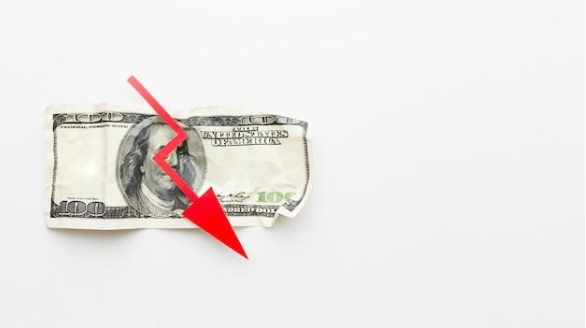Many daily habits make up your money management style, but some habits don’t always make your life better. In fact, they can worsen your financial state if you don’t notice the warning signs.
What are those red flags? Check out this list to make sure you don’t follow any of these bad habits.
Red Flag # 1: An Empty Emergency Fund
The size of your emergency fund is closely connected to your financial security. The more savings you have, the more flexibility you have in case something unexpected comes your way. Whether it’s the cost of new brakes or a sudden job loss, this cash can help you weather many different financial storms.
An empty emergency fund is a red flag because it means you don’t have this critical backup in emergencies, so you’re more vulnerable to unexpected expenses. Luckily, online loans are available to help you afford urgent repairs in tough situations. You can apply to try to get financial help in an emergency until you manage to rebuild your savings.
Online loans come with speedy applications that are convenient to complete, so you don’t have to waste critical mental bandwidth in the middle of your emergency.
Red Flag #2: A Low Credit Score
You can easily forget about your low credit score when things are going smoothly, but it can complicate your borrowing experience the next time you need an online loan, mortgage, or line of credit. That’s because lenders often look at your score when determining whether to approve you and the rates they’ll apply.
While you may still qualify for a loan, there’s a good chance your low score packs on finance charges and increases your interest. In other words, you’ll be paying more than someone who has a great credit rating.
Red Flag #3: A High Debt-to-Income Ratio
Another complication in the borrowing world is your debt-to-income (DTI) ratio. This figure expresses how much of your pre-taxed income goes towards debt payments.
Your DTI would be zero in a perfect world, but most people carry around some debt. Financial advisors say an acceptable ratio is around 30%. Anything over 36% can pose a problem — not just for your next loan application. With this much of your income tied up with debt, you might find it hard to pay your bills.
Red Flag #4: Living Paycheck to Paycheck
A high DTI goes hand in hand with living paycheck to paycheck, but you don’t need to be drowning in debt to fall for this trap. Anyone who spends as much as they earn is living paycheck to paycheck.
Using up every cent of your paycheck may not be a problem if you do this strategically, assigning practical jobs to this money — things like your emergency fund, retirement fund, sinking funds, a cushion for your checking account, investments, and debt repayment.
However, most people living paycheck to paycheck are doing so in an entirely different way. All their money goes towards the basics, flagging a need for better budgeting and a lower cost of living. Or, they overspend on splurges without thinking about their financial security.
Red Flag #5: Credit Balances
Living paycheck to paycheck without an emergency fund raises this last red flag: carrying over a balance on your credit accounts. Always carrying a balance can lead you down a troubling financial path. Lenders apply interest and finance charges that compound for each month you carry a balance. Keeping a balance means you’re paying more to use your credit.
See any of these red flags in your own finances? It’s time to make a change!

